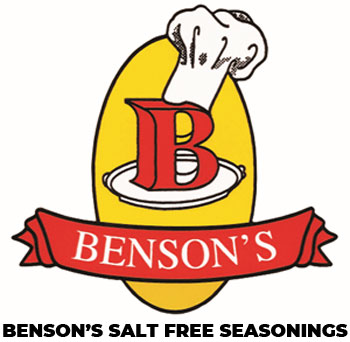There is no question that when someone receives their diagnosis of celiac disease or gluten intolerance and must now follow a gluten-free diet, there’s usually a very strong and emotional reaction. There is usually anger, fear, confusion, and there is also worry and anxiety about how much their lives are going to change. They are going to need to learn about gluten, what it is, where it is, and how to avoid it. This is very doable.
People experience a wide range of gluten intolerance and how much is needed to trigger symptoms. For many, cutting out the foods that are not allowed on the gluten-free diet is enough. For others, the tiniest trace amounts can trigger symptoms, sometimes quite severe that can last for days or even weeks. For instance, just licking a postage stamp or an envelope where there is gluten in the glue could cause a reaction. For those people, vigilance, detective work and assertiveness are going to be needed to live symptom-free. Remember, no matter how severe the gluten sensitivity, it is absolutely possible to live a normal active life.
Wheat is the first and the most common food with gluten that must be eliminated. However, there is a myriad of listed food ingredients that contain gluten, including:
- Modified food starch
- Hydrolyzed vegetable protein
- Maltodextrin
- Many flavor additives either contain gluten or are processed so they become contaminated with gluten
And if that weren’t enough, many non-listed ingredients may contain gluten:
- Fillers
- Binders
- Anticaking agents
- Additives to prevent ice crystal formation in ice cream can all contain enough gluten to provoke a reaction
Also, manufacturing techniques, like using wheat flour to keep foods from sticking to conveyor belts, or baking gluten-free in an environment that contains airborne wheat flour can also contaminate otherwise gluten-free foods.
What to do?
Given all this, how can the extremely sensitive person avoid gluten entirely? Here are some helpful tips:
- Learn to read labels. Learn all the gluten-containing ingredients and check for them. Re-check labels to make sure recipes haven’t changed.
- Leverage the work that has already been done in the gluten-free community, on the web, blogs, and forums, etc. Many hundreds of people have preceded you in confronting gluten sensitivity. They’ve made lists, developed techniques, written books and collected advice which you can benefit from. Take advantage and soon enough you’ll have something new to contribute to the community, and the cycle continues.
- Talk to manufacturers. Most manufacturers now expect to be responsible to consumers for revealing whether their products contain even trace amounts of gluten.
- Avoid processed foods. Additives and unlisted ingredients are more likely to be a problem in foods that are more highly processed. Whole foods are much more likely to be safe.
- Be assertive. You have a real condition that, as you know, can cause you extreme and often long-lasting ill effects. Do not let that constrain your life any more than it absolutely has to.
Unless a restaurant is billed as gluten-free, assume that they will be unable to serve completely gluten-free foods. However, if you’re dining with a group, call ahead, explain the situation, and ask if you can bring your own food. Just about any restaurant would rather lose a single meal than a table full of paying customers. Likewise, if invited to eat with friends or family, don’t be shy about bringing your own food. Once you make the seriousness of your condition known, few people will be anything less than fully accommodating.
Many people before you have managed to live complete and rewarding lives while living gluten-free. You can too. Once you’ve learned what’s required, gained some experience, and educated yourself of available resources, you’ll be able to live a symptom-free life and your gluten-free diet won’t feel so terribly restrictive after all.
